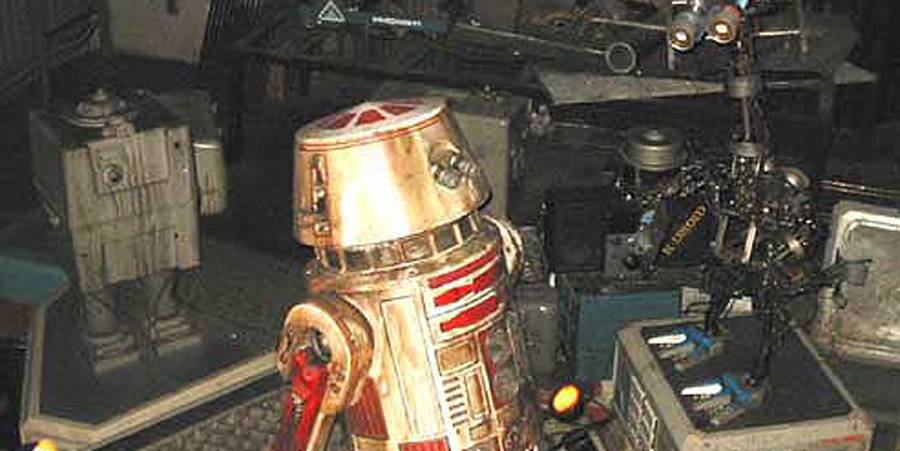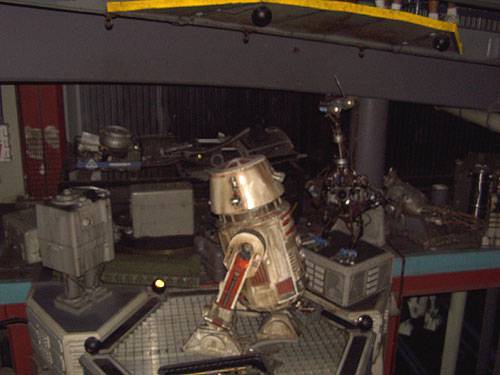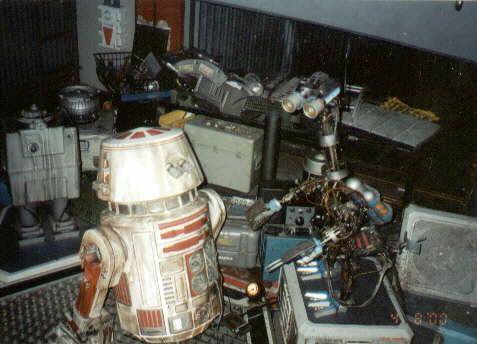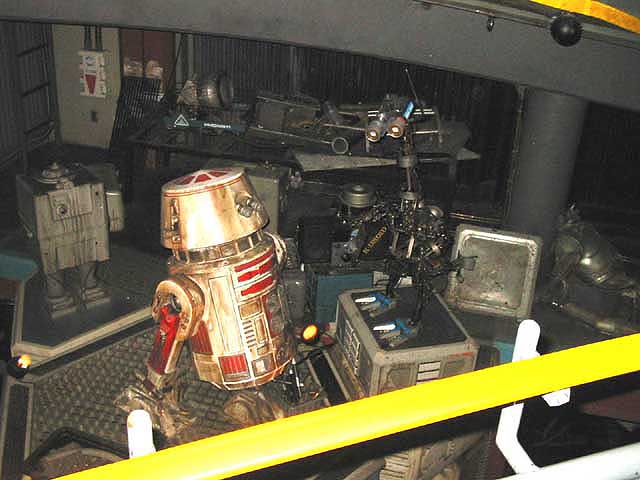 Kris Van de Sande
Kris Van de Sande Profile
Ambulatory batteries, power droids are among the least sophisticated and most commonly encountered droids in the galaxy. The boxy robot is essentially a walking battery, moving about on two thick, accordion-like legs. Power droids provide energy to other droids, machinery, vehicles and starships. They are found in military installations, such as the Death Star and Rebel Alliance hangar bays, as well as civilian outposts like the moisture farms on Tatooine or at Star Tours.
There are many different models of power droids available, all built around the same basic form. Veril Line Systems manufactures the EG-6 model. While most power droids are simple mobile fusion generators, the later EG-6 models are more advanced. The EG-6 unit is equipped with diagnostic software and sensors, including an infrared receptor, sonar, X-ray and spectrometer equipment. The 1.1 meter tall droid is capable of charging the power cells of large vehicles in one standard day. After this, the droid must be hooked up to an energy reservoir to recharge its containment cells.
Another popular model is the Industrial Automaton GNK unit, which is often referred to as a “gonk droid” for short. Some maintain that the name instead comes from the ‘gonk gonk’ noise that the droid makes, but the debate over which came first, the name or the noise, invariably devolves into a ‘the dewback or the egg’ argument.
Gallery
Behind the scenes
The GNK power droid derives its name from the “gonk” sound it makes in Episode IV. The droid was originally called simply a “power droid”, but a newsgroup posting in 1993 led to the now-canon name becoming universally popular almost overnight.


